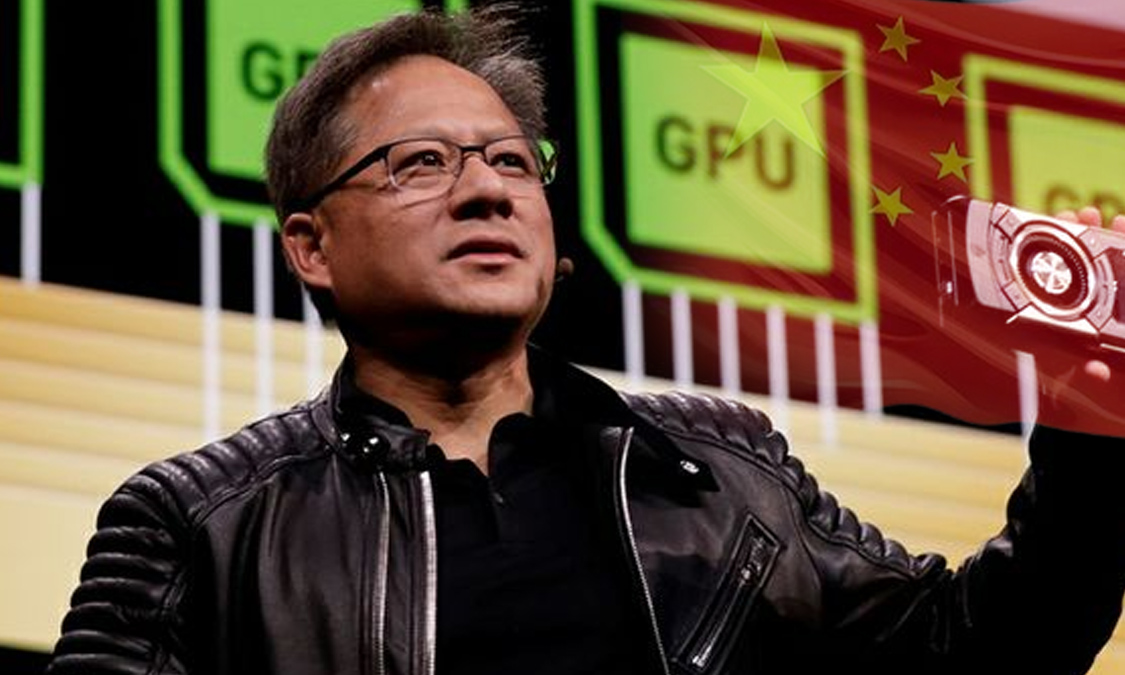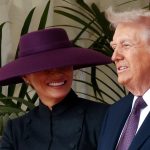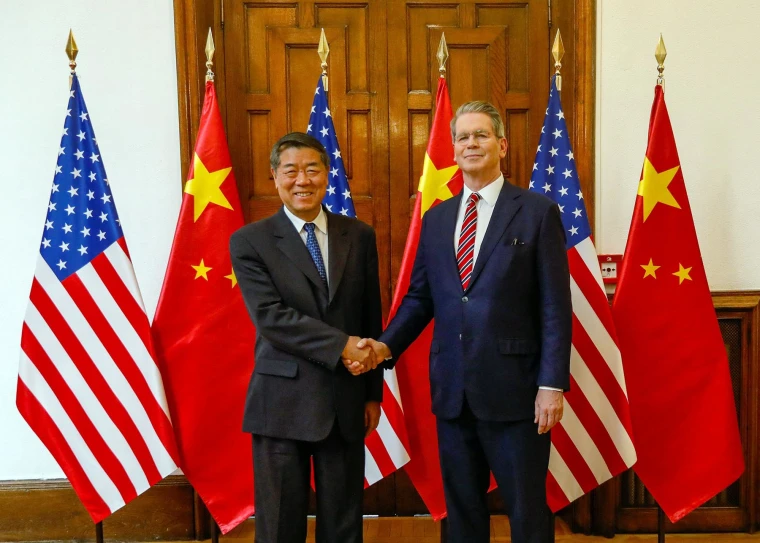The global technology industry is once again facing turbulence as reports emerge of new restrictions on the export of advanced semiconductor chips to China. At the center of this storm is Nvidia, the American chip giant whose graphics processing units (GPUs) and artificial intelligence (AI) accelerators have become vital for industries worldwide.
- The Growing Importance of Semiconductors in the Global Economy
- Nvidia’s Leadership and Its Role in the AI Revolution
- The Reported China Chip Ban: What We Know So Far
- Nvidia CEO’s Response: A Call for Balance
- The Geopolitical Dimension: U.S.–China Tech Rivalry
- Economic Implications for Nvidia and the Tech Industry
- The Broader Impact on Artificial Intelligence Development
- Industry Reactions and Expert Opinions
- How China Is Responding
- Possible Paths Forward
- FAQs
- Why is Nvidia’s CEO disappointed about the reported China chip ban?
- How much of Nvidia’s revenue comes from China?
- Which Nvidia chips are affected by the reported restrictions?
- Why is the U.S. restricting chip exports to China?
- How is China responding to the chip restrictions?
- What does this mean for the future of AI?
- Conclusion
Nvidia’s CEO has voiced disappointment over the reported ban, stressing the importance of open trade, collaboration, and innovation in a sector that drives global economic growth. The unfolding situation highlights not just corporate concerns but also the broader geopolitical tensions shaping the future of technology.
The Growing Importance of Semiconductors in the Global Economy
Semiconductors are the backbone of the modern digital economy. From smartphones and laptops to advanced AI systems and national defense technologies, chips power nearly every critical function in society. Nvidia, in particular, has become a leader in producing GPUs that serve as the cornerstone of AI research, high-performance computing, and even gaming. According to industry analysts, the global semiconductor market is expected to exceed $1 trillion by 2030, reflecting its central role in shaping innovation.
This growth has also led to heightened geopolitical competition. Nations such as the United States and China recognize that semiconductor dominance equates to economic and security influence. Consequently, trade policies, restrictions, and bans are increasingly being used as tools of strategy, with global corporations like Nvidia caught in the middle.
Nvidia’s Leadership and Its Role in the AI Revolution
Nvidia has been one of the most influential companies in the tech sector over the past two decades. Founded in 1993, it initially gained prominence in the gaming industry by creating powerful GPUs for rendering lifelike graphics. Over time, those same GPUs proved highly effective for training machine learning models, turning Nvidia into a leader in AI computing.
Today, Nvidia’s chips are used by companies like Microsoft, Google, and Amazon to power cloud computing and AI research. They are also integral to scientific advancements in medicine, climate modeling, and energy. The company’s market capitalization has soared, making it one of the most valuable technology companies in the world.
Against this backdrop, restrictions on selling its high-end products to one of its largest markets—China—represent not just a financial loss but also a significant disruption to the global AI ecosystem.
The Reported China Chip Ban: What We Know So Far
Reports suggest that U.S. authorities are preparing or have already imposed tighter controls on the sale of advanced chips to Chinese companies. These restrictions particularly target GPUs used for AI and supercomputing. The stated goal of the ban is to limit China’s ability to develop cutting-edge technologies that could be applied in military or surveillance contexts.
While specific details are still emerging, industry insiders indicate that Nvidia’s most advanced AI chips—such as the A100 and H100 processors—are among the restricted products. These chips are crucial for training large AI models, including generative AI systems that are shaping industries from healthcare to finance.
For Nvidia, this is a major blow. China represents roughly 20–25% of its data center revenue, according to market estimates. Losing access to this market could result in billions of dollars in lost sales annually, forcing the company to rethink its global strategy.
Nvidia CEO’s Response: A Call for Balance
In response to the reports, Nvidia’s CEO expressed clear disappointment, emphasizing that restricting chip exports risks stifling innovation and harming not only the company but also global collaboration. He highlighted that technology development thrives when ideas, talent, and resources can move freely across borders.
The CEO’s comments reflect a broader concern that excessive restrictions could fragment the technology industry into regional silos, undermining the spirit of innovation that has fueled decades of progress. While acknowledging the need for national security safeguards, he urged policymakers to strike a balance that allows companies to compete fairly while also addressing legitimate concerns.
The Geopolitical Dimension: U.S.–China Tech Rivalry
The reported ban is the latest episode in the escalating U.S.–China technology rivalry. For years, both nations have been investing heavily in AI, quantum computing, and advanced manufacturing, seeing these sectors as critical to future economic and military power.
The U.S. has already imposed several waves of restrictions on Chinese technology companies, including Huawei, citing security risks. In response, China has accelerated its efforts to build a self-reliant semiconductor industry. According to Chinese state media, Beijing has invested over $150 billion into its domestic chip sector in the past decade.
This race for technological supremacy is reshaping global supply chains, forcing companies like Nvidia, Intel, and TSMC to navigate complex political landscapes. While the U.S. sees restrictions as necessary to maintain a competitive edge, critics argue that they may backfire by encouraging China to develop indigenous alternatives more quickly.
Economic Implications for Nvidia and the Tech Industry
The potential financial implications of a China chip ban are immense. Analysts estimate that Nvidia’s revenue from China could decline by several billion dollars annually if restrictions expand. This would not only affect Nvidia’s bottom line but also ripple through its ecosystem of suppliers, customers, and developers.
Moreover, the global semiconductor industry could face disruptions in pricing, supply, and innovation. For example, if Chinese firms are cut off from Nvidia’s high-end chips, they may seek substitutes from domestic startups or non-U.S. suppliers. This could accelerate competition and potentially reduce Nvidia’s dominance in certain segments.
Stock market reactions have already reflected investor anxiety. Nvidia’s shares tend to swing sharply when news of export controls emerges, demonstrating how closely tied the company’s fortunes are to geopolitical developments.
The Broader Impact on Artificial Intelligence Development
AI is one of the most transformative technologies of the 21st century, and Nvidia sits at its core. Restrictions on chip exports to China could slow the pace of AI development in the world’s second-largest economy. This could impact industries ranging from healthcare diagnostics to autonomous vehicles, where China has been a major player.
At the same time, such restrictions may lead to fragmented progress in AI. Instead of global collaboration, research could split into parallel tracks, with U.S.-led and China-led ecosystems evolving separately. Experts warn that this fragmentation could reduce the efficiency of innovation, as collaboration and competition across borders are often what drive breakthroughs.
Industry Reactions and Expert Opinions
The reported ban has drawn a wide range of reactions from industry experts, analysts, and policymakers. Some argue that restricting chip exports is a necessary step to safeguard national interests. “Technology is not just an economic asset; it’s a strategic one,” said one policy expert, underscoring the security dimension.
Others caution against overreaching. “Choking off access to key technologies may deliver short-term gains, but in the long run, it risks pushing China to innovate faster and harder,” an industry analyst noted.
Tech leaders beyond Nvidia have also weighed in. Executives from other U.S. semiconductor companies have privately expressed concerns that escalating restrictions could erode their global competitiveness, particularly if other countries do not follow suit.
How China Is Responding
China has made it clear that it will not sit idly by. In response to past restrictions, Beijing has poured billions into building domestic semiconductor capabilities. Companies such as SMIC (Semiconductor Manufacturing International Corporation) are making strides, though they remain years behind global leaders like TSMC.
China is also pursuing “chip sovereignty” by investing in education, research, and infrastructure. While the road ahead is challenging, analysts believe that sustained pressure from the U.S. may accelerate China’s progress, potentially creating new competitors for Nvidia in the long run.
Possible Paths Forward
The future of this conflict remains uncertain, but several scenarios are possible. Policymakers could find a compromise that allows limited exports under strict licensing arrangements, preserving some market access for Nvidia while addressing security concerns. Alternatively, restrictions could tighten further, forcing Nvidia to refocus on other markets such as Europe, India, and the Middle East.
Another possibility is that global industry leaders, governments, and institutions could engage in dialogue to establish rules of engagement for technology trade. Such efforts could help reduce uncertainty and create a more predictable environment for innovation.
FAQs
Why is Nvidia’s CEO disappointed about the reported China chip ban?
Nvidia’s CEO expressed disappointment because the restrictions could significantly harm the company’s business in China, one of its largest markets, while also limiting global collaboration in technology. He argued that innovation thrives in open environments, and excessive restrictions risk fragmenting the industry.
How much of Nvidia’s revenue comes from China?
China accounts for an estimated 20–25% of Nvidia’s data center revenue. Losing access to this market could cost the company billions annually, making the reported ban a serious financial concern.
Which Nvidia chips are affected by the reported restrictions?
Reports suggest that advanced AI chips such as the A100 and H100 are affected. These processors are critical for training large AI models and are widely used in data centers and research facilities.
Why is the U.S. restricting chip exports to China?
The U.S. government argues that restricting advanced chip exports prevents China from using them in military, surveillance, or other sensitive applications. The restrictions are part of a broader strategy to maintain a technological edge.
How is China responding to the chip restrictions?
China is investing heavily in building its domestic semiconductor industry. With state funding and support, companies like SMIC are working to close the technology gap, while universities and research institutions are developing new expertise in chip design and manufacturing.
What does this mean for the future of AI?
The restrictions could lead to a fragmented AI landscape, with separate ecosystems emerging in the U.S. and China. While this may slow global collaboration, it could also spark parallel innovations as both countries push forward independently.
Conclusion
The reported China chip ban represents far more than a corporate setback for Nvidia—it is a reflection of the growing intersection between technology and geopolitics. Nvidia’s CEO’s disappointment underscores the difficult position that global tech companies now face, caught between competing national interests and their mission to drive innovation.
As the semiconductor industry navigates this uncertain landscape, the choices made by policymakers and corporate leaders will shape not only the future of Nvidia but also the trajectory of artificial intelligence, global trade, and international cooperation. The world is watching closely, aware that the outcome of this conflict could define the next chapter of the digital age.











